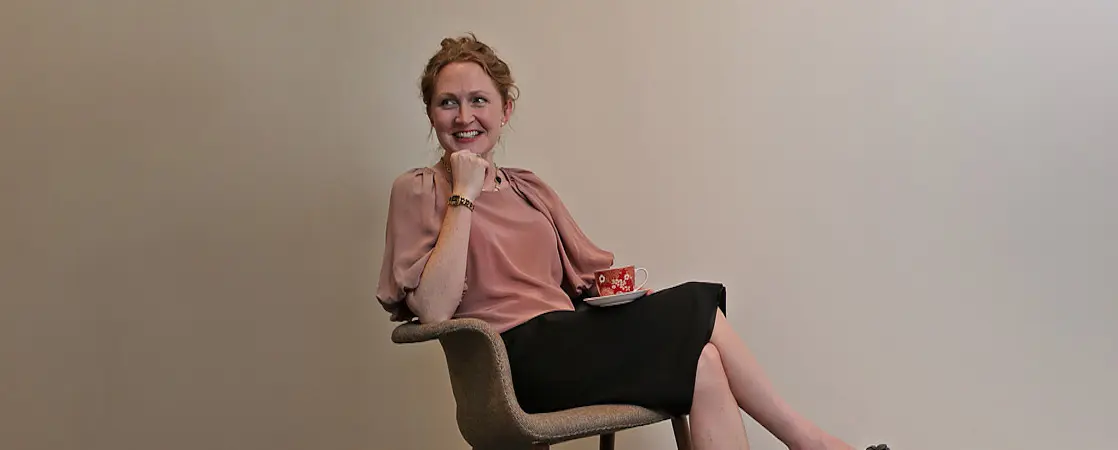Conflict Management Systems Design (CMSD) is gaining attention amongst human resources, risk and legal professionals. Originating in the USA (like much conflict resolution expertise), it is a way that organisations can proactively review the way conflict arises and improve how it is handled in the workplace.
Consider this analogy. Rather than simply recommend paracetamol for a persistent headache, a good doctor will likely take your blood pressure, enquire about your stress levels, sleep, diet and exercise, take a blood test, and discuss any family history of illnesses, among other things.
Similarly, rather than tinkering with only one element of conflict management in the workplace –updating a whistleblower policy to meet new regulatory requirements, for example – CMSD encourages us to step back and look at the whole system. We’re encouraged to consider what is working and what is not, whether the end-to-end processes are seamless or clunky, whether the users in the system (employees and other stakeholders) are finding it workable, and what optimal functioning could be achieved.
Conflict in the Workplace
When we talk about ‘conflict’ in the workplace, many examples come to mind: disputed performance ratings, competition over desirable shift allocations, clashes of values over how we communicate, or stalemates over whose turn it is to load the dishwasher in the team room.
Of course, disagreements at work are often highly productive. Healthy conflict can enrich our relationships, teach us new approaches, and push our ideas to the next level. Without disagreement (together with respect and trust), there might be no innovation! We’d just keep doing everything the way we always have.
In our experience, some of the most common sources of conflict in the workplace are:
- Unclear performance agreements, leading to disappointment and confusion over unmet expectations;
- Clashes of values; and
- Resistance to change in the workplace.
Often, when managers realise that unconstructive disagreement has arisen in their teams, they shut down and avoid it. They think “It’s an interpersonal dispute. The employees should fix it themselves”, or perhaps “I might make it worse if I intervene”, or (a hardy perennial) “That’s just the way it’s always been”.
Human beings tend to shy away from conflict, and few managers are given the training they need to be able to confidently handle conflict and to access the supports available to them.
In a research study in an organisation in Florida, USA (2013), researchers Linda Flynn and Neil Katz considered the awareness, perception and use by leaders and managers of conflict management systems and strategies. They discovered a high degree of confusion and frustration, as well as dissatisfaction with the antiquated grievance system. The authors commented that most organisations lack an integrated conflict management system, lamenting the lost opportunity for happier, more harmonious workplaces.
What is a Conflict Management System?
A Conflict Management System is a system within an organisation for the prevention of escalation of conflicts and the handling and resolution of conflicts. Designing a Conflict Management System includes a consideration of the current state of:
- Skills, values and mindsets of the people who may become involved in the conflict
- Skills, values and mindsets of the people around the conflict (eg co-workers), who may be impacted by the conflict
- Internal advisors/supporters who can intervene and assist (eg human resources, or a manager who can facilitate a conversation)
- External resources available (eg an accredited mediator or investigator)
- Internal rules that apply to conflicts (eg internal policies, Enterprise Bargaining Agreement)
- External rules that apply to conflicts (laws and regulations)
- Other resources available to those impacted by the conflict
Also relevant, of course, are the organisation’s values and culture, any strategic initiatives or changes on the horizon, and the leaders’ own modelling of conflict resolution.
Getting a handle on how conflict is playing out in the workplace may need an employee survey, focus groups and interviews with key players in conflict resolution, including HR, in-house legal, and senior managers. A review of recent complaint files may also be appropriate.
Desired State: What needs to ‘lift’?
Gaining a deeper understanding of the current state of conflict resolution in your workplace will likely reveal some ‘quick wins’. Perhaps there is a lack of information available to staff on the intranet about the supports available. Maybe the HR Business Partners are not sufficiently known to staff in their areas. Another common realisation is that mid-level managers were given insufficient training – after being promoted for their technical skills – such that they are afraid to have difficult conversations.
In our experience, a review of an organisation’s Conflict Management System often reveals that while most of the system’s moving parts are functioning, there is a distinct lack of cohesion, consistency and follow-through. For example:
- One-off policies were developed after a nasty misconduct case, but there are gaps in the policy suite and it was last reviewed in the 90s!
- Complaints are made that are not addressed completely, leaving the complainant, respondent and their colleagues wondering why ‘nothing was done’.
- Data about conflict from exit interviews is not captured, and dismissed as irrelevant (“That person didn’t want to be here anyway… they just left for better money”).
- The policies are excellent but staff training is sub-standard and non-compulsory.
Like any ‘system’, any element can be improved or introduced, to optimise the system’s operation. Your organisation’s Conflict Management Systems must be integrated and a good fit with its values and workplace culture. Without a cohesive approach, managers will be confused, processes unclear, and employees left to resolve conflict alone and unaided.
Learn more
To learn more about this topic, Rose Bryant-Smith will share the latest research about Conflict Management Systems Design in her webinar on 11 June 2019. Register now for free!
About Rose
Rose is passionate about building ethical and productive workplaces. She leads Worklogic’s consulting projects on organisational values, risk management, business ethics and corporate governance. Rose also creates digital products to build better teams and is an acclaimed speaker and author.
Worklogic works with employers to resolve workplace complaints and create a positive culture at work. Please contact us for an obligation free consultation.



